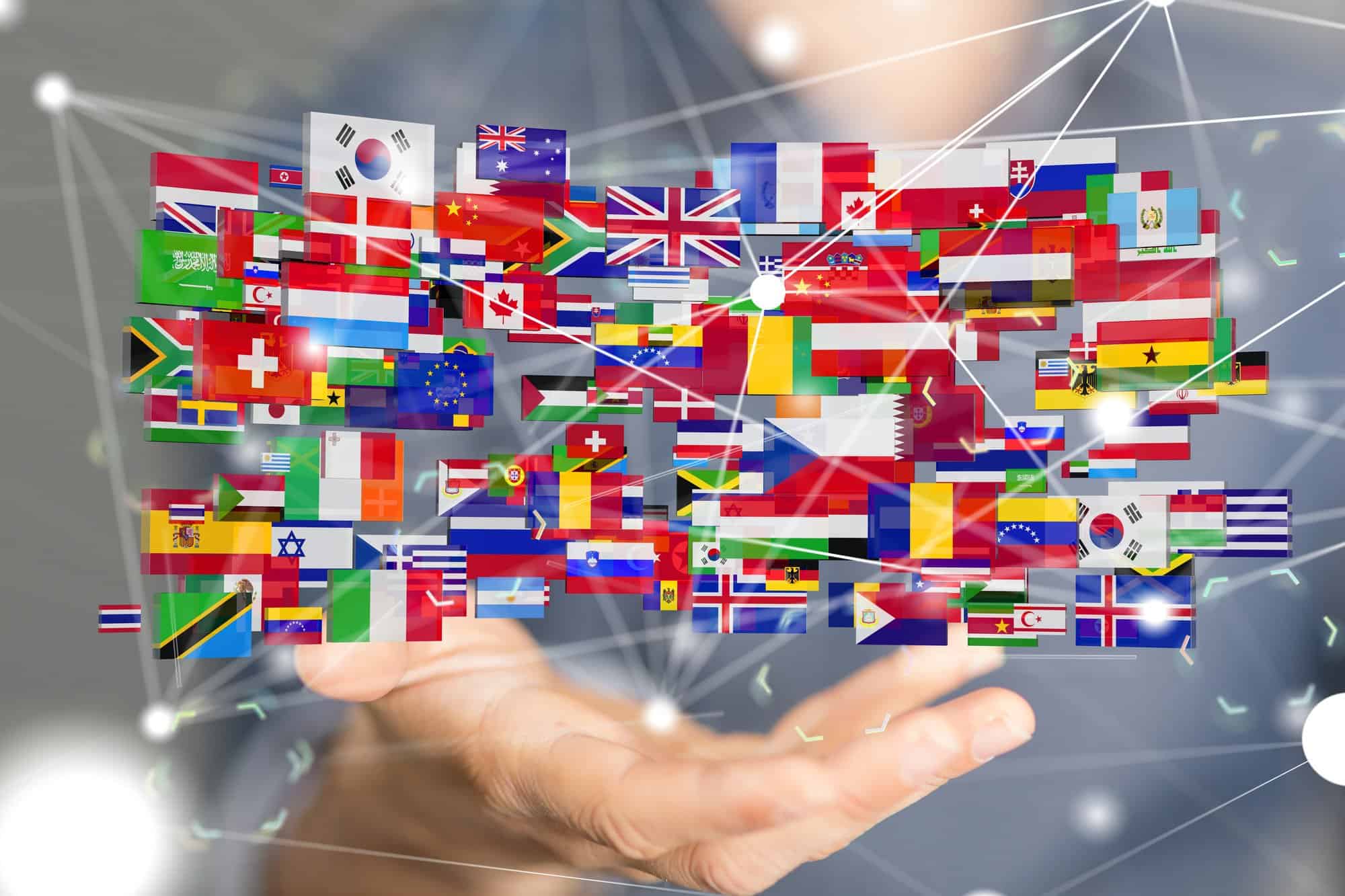Do you want to help your business grow into a global company?
When bringing a business abroad or certain areas, business owners consider translation first. However, there’s a significant difference between translation and localization. In this guide, we’ll discuss their differences and why localization is more effective.
1. Localization vs. Translation
What do you think about when you consider growing your business into other countries?
You want your business page translated into the language of the country you’re targeting. You want your products to be as appealing to your foreign target audience as it is to your local audiences.

It seems that language is the biggest entry barrier of people who want to enter the global market. Thus, many business owners focus on finding a solution to that problem. They often conclude that they need only translators or multilingual marketers.
The problem is that they think that translation and localization are interchangeable terms. We’re telling you now that they aren’t so you don’t make the same mistake.
What Is Translation?
A translation is the transfer of a text from one language into another. A good translation must have correct grammar, semantics, and pragmatics.
The problem with translation is that there’s often a cultural barrier for certain ideas. Some examples are puns, jokes, and idiomatic expressions. An effective website translation uses expressions and terms that have close meaning to the expression from the source text.
However, translation also gets taken to a literal level a lot. Often, the cause is using AI like Google Translate to understand or convey ideas. This causes the original text to lose its meaning or depth once it’s translated into the target language.
What Is Localization?
Localization is the adaptation of content from one region into another.
Localization studies not only the language but also the culture of the target market. You aim to create a brand that’s familiar and comfortable to the target audience.
The new branch of a business must adapt to the environment. It’s more effective than having your target market adapt to your brand. If you localize your business right, your audiences may even think that your brand originated in their country or area.
2. Why Use Localization?
Around the globe, 1.5 billion people speak English, and 360 million have it as their first language. Around 231 million people in the US are native English speakers. That’s good news if you’re targeting countries that use English as their second language.
Many shoppers prefer to do business in their native language. Most online shoppers aren’t native English speakers. They want to see websites in their native languages. Most consumers won’t buy what they can’t read or understand. You may check Languex, an agency translation new york city that can help you localize your website.

Localization doesn’t only ensure your business is clear to a foreign market. It also makes sure that your company values and goals get transferred well. Localizing helps you get past barriers that translation can’t cross.
Remember, one of the key steps to a successful business is to understand your target market. If you enter a culture, examine its values and nuances. Use what you found and apply it to your marketing and business strategies.
3. Translation and Localization Applied
Let’s talk about some examples of effective applications of localization.
Netflix is a classic example of a company with a successful globalization and localization strategy. They market TV series and movies that aren’t popular in a country to another. This way, those shows they get more viewership.
You’ll find some of the best examples of localization in Japan. Starbucks found its footing in Japan because Japanese people like to try new things. However, since novelty expires fast, this isn’t what made Starbucks so popular in the country.

Starbucks’s long-term success is in its respect for the culture of the local community. A branch in Kyoto features a Japanese-style coffeehouse rather than a modern interior. The company’s integration into the local community created a unique identity.
For our last example, let’s look at a failed attempt at localization. When KFC launched in China, the slogan “it’s fingerlickin’ good” didn’t translate as well as the company hoped. The locals instead found “eat your fingers off” quite humorous.
It’s a tame blunder compared to those of Coca-Cola in Cuba and Pepsi in China. Yet, it’s a lesson in translation and localization we can all learn from.
4. Using Cultural Adaptation to Reach Your Audiences
You can’t expect to sell beef brisket in India or ham in Saudi Arabia. You’re unlikely to grow a successful business. It’s a recipe for disaster.
Expanding your business abroad means adapting to that country’s culture. Consider the following:
- Currency
- Units of measurement
- Layout
- Colors
- Contracts and agreements
- Date formats
- English variety (i.e., American English, British English)
Those are only a handful of basic things you need to change in your branding. If it means changing everything to fit certain expectations of society, well, it’s that’s business.
Let’s expand on colors and how they differ in cultures.
For example, red is a color for passion and love in Europe, South America, and North America. In Indian culture, women wear red powder and henna to show that they’re married. However, they also see red as the color of fear, purity, and wealth.
In China, red is the color of luck and fertility. Traditional Chinese weddings feature women wearing a red dress. Red is also the primary color in Chinese New Year to symbolize good luck throughout the year.
Remember, the meanings of colors stem from religious, spiritual, social, and historical events. In African cultures, red means death and grief. In South Africa and Nigeria, red represents violence and sacrifice.
Localize to Globalize
Now you know why the key to a globalized business is localization. Get the big picture by focusing on the smaller details. Now, you understand the differences between translation and localization better.
We hope you picked up something valuable and helpful for your business. If you want to know more about effective marketing, feel free to read our other guides today!
